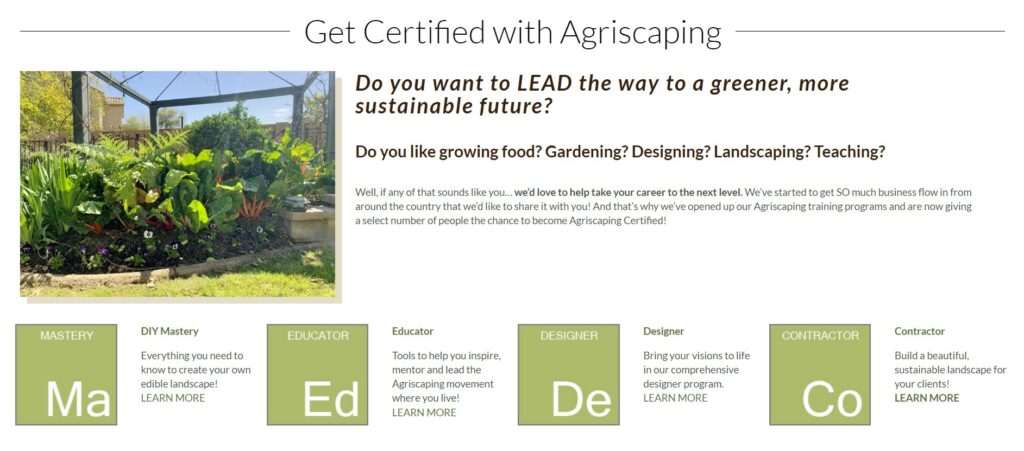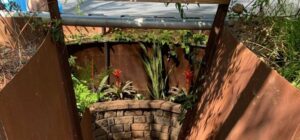How We Classified Microclimates: A 20-Year Journey in Agriscaping

Agriculture has been studied for thousands of years, but when it comes to microclimates, Agriscaping has spent the last 20 years refining the science behind them. Unlike traditional growing methods, microclimate classification requires long-term experimentation—plants don’t grow overnight, and meaningful data takes years to develop. After studying 24 annual seasons, we’ve gathered valuable insights that have allowed us to refine and redefine how we approach microclimates.

Breaking Down Microclimate Data
Initially, we examined 24 different metrics to measure environmental impact. Eight primary factors—including sun orientation, humidity, and evaporative effects—helped shape our analysis. Over time, we discovered that 80 percent of our findings aligned with just six distinct microclimate zones.
Sun Orientation: The Key to Classification
The most influential factor in defining microclimates is sun orientation. Within each of the six microclimates, there are sub-types and sub-classes tailored to specific plants and their unique growth requirements. Take pineapples, for example—they thrive in an E microclimate with added humidity. To replicate their ideal conditions, gardeners can introduce water features or misting systems to create the necessary microclimate enhancements. Even the method of watering can significantly impact a plant’s growth and fruit production.
Simplifying a Complex System
While classifying microclimates has been a complex, data-driven process, we’ve streamlined the approach to make it more accessible. Agriscaping has narrowed the system down to six major microclimates, each with its own color-coded classification and detailed charts for easy reference.
Find the Microclimates in Your Own Yard
Understanding microclimates allows gardeners to grow plants more effectively, extend growing seasons, and optimize space. If you want to get a custom microclimate map for your yard and discover what you can grow in each area, schedule a consultation at https://agriscaping.com/professional-landscape-service.
By harnessing the power of microclimate science, you can take your garden to the next level with precision, strategy, and natural efficiency.


Read Our Latest Posts…
- Understanding Freeze Pruning
 Expert tips for desert gardening, from plant zoning and efficient irrigation to soil care and agriscaping for a sustainable landscape.
Expert tips for desert gardening, from plant zoning and efficient irrigation to soil care and agriscaping for a sustainable landscape. - A Garden-Fresh Christmas: Agriscaping Tips for a Festive and Sustainable Holiday
 Expert tips for desert gardening, from plant zoning and efficient irrigation to soil care and agriscaping for a sustainable landscape.
Expert tips for desert gardening, from plant zoning and efficient irrigation to soil care and agriscaping for a sustainable landscape. - 7 Garden Design Themes for Your Elegant Edible Landscape
 Expert tips for desert gardening, from plant zoning and efficient irrigation to soil care and agriscaping for a sustainable landscape.
Expert tips for desert gardening, from plant zoning and efficient irrigation to soil care and agriscaping for a sustainable landscape. - Subterranean Trampoline Gardens: A Hidden Oasis for Growing and Playing
 Expert tips for desert gardening, from plant zoning and efficient irrigation to soil care and agriscaping for a sustainable landscape.
Expert tips for desert gardening, from plant zoning and efficient irrigation to soil care and agriscaping for a sustainable landscape. - 7 Elegant Edible Flowers To Be Thankful For
 Expert tips for desert gardening, from plant zoning and efficient irrigation to soil care and agriscaping for a sustainable landscape.
Expert tips for desert gardening, from plant zoning and efficient irrigation to soil care and agriscaping for a sustainable landscape.
